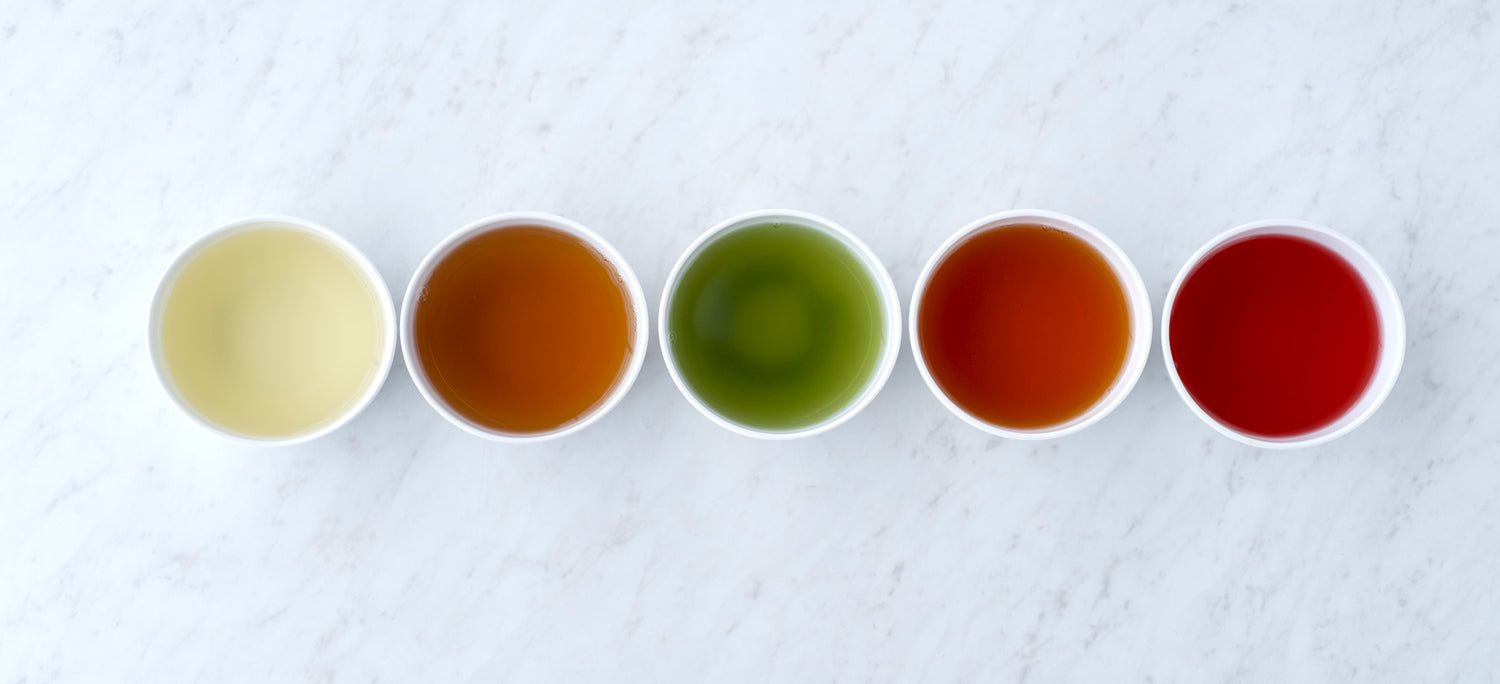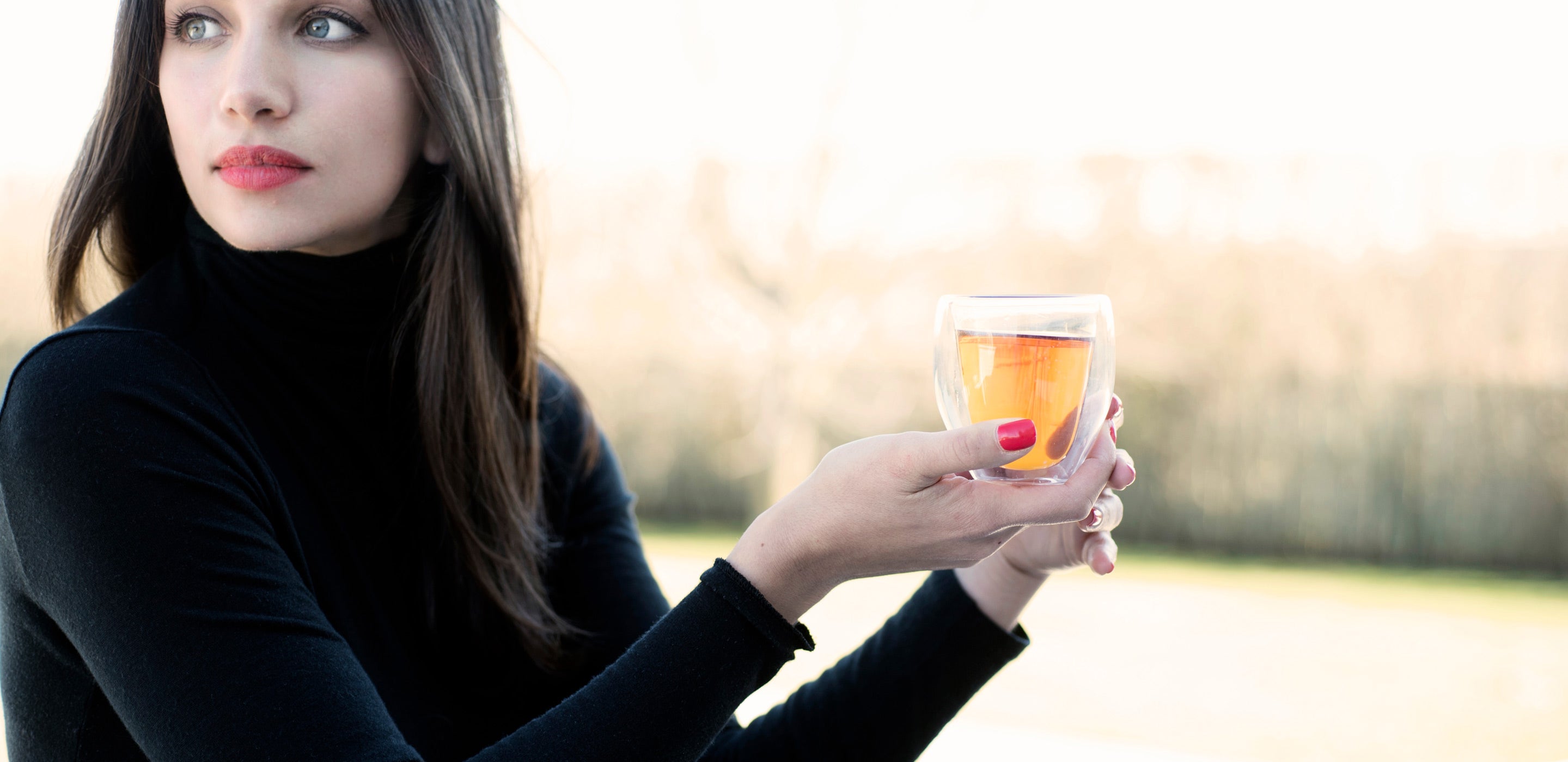Because only upper class Indians could access fine Darjeeling and Assam teas, the ordinary Indians developed a fondness for a different tea known as “Chai” today. There are many different recipes to brew chai, but traditionally it’s brewed with black tea and a blend of spices, such as cardamon, cloves, cinnamon, and peppercorns, and is served with milk and honey. Sometimes chai (tea/spices) is brewed in milk instead of in water.
Chai’s popularity today is not only in India, where it is sold everywhere, usually in unglazed clay cups called “kallurhs” that impart a rich, earthy flavor, but also all around the world. In America, you’ll find steamed, frothed or iced chai, and even chai blended with yogurt or ice cream for smoothies and milkshakes.
Originated in China during the Song Dynasty, where its practice eventually died out, and combined with elements of Zen, the Japanese tea ceremony remains a fascinating part of Japanese culture and the “Chado” – the Way of Tea.
Cha-no-yu, or “hot water for tea” is a ceremony of great antiquity combining ritual, discipline and philosophy. Its fundamental principles include harmony, respect, purity, and serenity. Like many of the ancient Japanese arts, Chanoyu is seen as a potential mean of Enlightenment.
The peaceful tea ceremony originated during wartime, when military leaders would leave their weapons outside the tearoom and try to resolve their problems over a hot bowl of tea. The rules and courtesy of the ceremony demanded a civil atmosphere.
Every aspect of the tea ceremony is important, from the design of tearoom to the tea itself—bright green powdered matcha (wisked with hot water into a froth).
The ceremony always involves a host and some guests, and can be held in a main room’s screened-off alcove, or in a teahouse built in the outside garden for those who can afford it.
The guests wait in a special waiting room until the host calls them. They walk through the garden to the teahouse, which traditionally is elevated and has a three-foot-tall door (so that guests have to bend over to enter the building).
The host ceremonially decorates the teahouse with screens and simple, but special flower arrangements. Guests are served a small meal including a sweet.
The host brings in the tea utensils and begins preparing the tea. The water is boiled and the tea bowl and whisk are heated. The powdered tea is placed in a bowl and whisked until frothy. After the guests drink the bitter tea, the host cleans the utensils and the guests examine and discuss the utensils.
The ceremony can last as long as four hours. Whisked powdered tea indicates the antiquity of the ritual, as this method of preparation dates from China’s Sung dynasty, which lasted from the 900s to the 1200s. Participants say that if you approach the ceremony in the right frame of mind, it can be a very impressive, even enlightening experience.
In the early 1900s, Kakuzo Okakura, a philosopher and author of “The Book of Tea” brought the Japanese Tea Ceremony to the United States.




